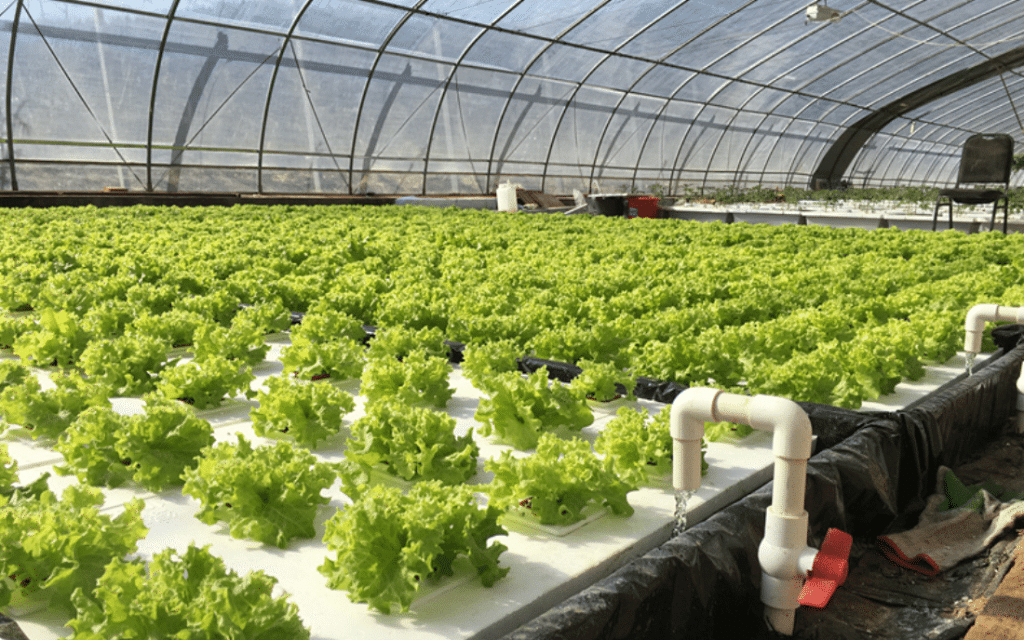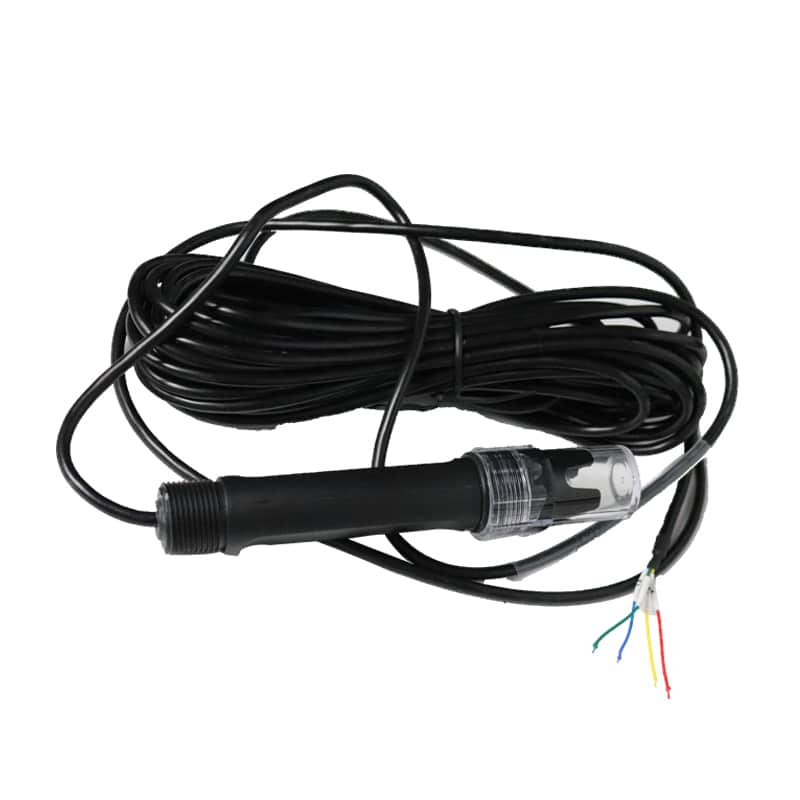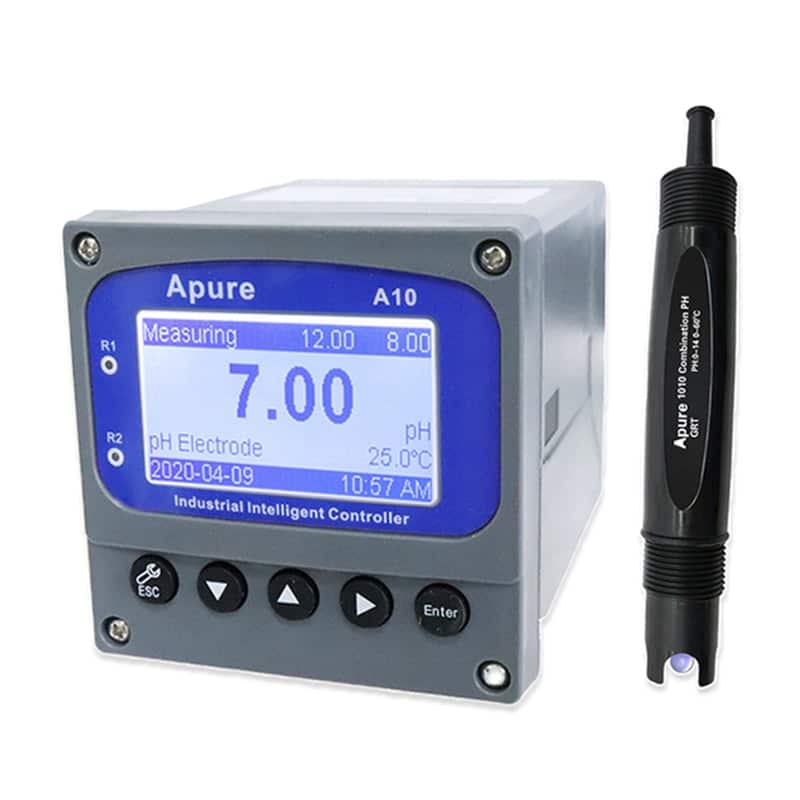You are about to start using a hydroponic system. You have studied the light, spacing and nutrient requirements of your plants. Pay attention to one of the most important factors in hydroponics, too: pH. If the pH is too high or too low, the plants won’t absorb nutrients and won’t thrive under otherwise ideal conditions. Read on to learn about the role of pH in hydroponic systems and how to properly monitor and maintain its levels.

A pH test indicates whether a substance is acidic or alkaline. pH levels range from 0 to 14, with 0 being the most acidic, 14 being the most alkaline and 7 being the pH neutral point. Some plants prefer an acidic environment, while others require an alkaline environment. There are many ways to test and adjust pH in hydroponic systems.
Why pH is important in an hydroponics system?
The correct pH is critical because it affects the supply of nutrients for plant growth. A pH that is too high or too alkaline can prevent nutrient uptake and lead to nutrient deficiencies. Iron deficiency can cause pale or yellow leaves on young seedlings, while leaf cupping and tip burn are telltale signs of calcium deficiency. Calcium can also form salts that leave white deposits or scale on reservoir walls and equipment.
Hydroponic plants require a different pH level than plants grown in soil. Without soil, plants cannot benefit from the interactions between microorganisms, organic matter, and the water and minerals that regulate pH. The hydroponic gardener must constantly monitor and adjust pH levels. Be sure not to apply pH recommendations for soil-grown plants to hydroponic plants.
Typical pH ranges for crops
With some exceptions, the optimal pH range for hydroponic crops is usually between 5.5 and 6. Many fruits and vegetables, such as squash, apples, beans, pumpkins and tomatoes, prefer this range. Blueberries, on the other hand, require a lower, more acidic pH between 4.0 and 5.0. It is a good idea to use separate nutrient banks for plants with similar pH ranges.
Some hydroponic crops have a wide range of optimal pH values. For example, pumpkins will thrive in a pH between 5.5 and 7.5. Crops that require alkaline conditions include kale, onions and peas, which prefer a pH between 6.0 and 7. The optimal pH range for mint plants is 7.0 to 8.0.
Typical pH ranges for nutrient systems
Hydroponic nutrient products typically start at a pH between 5.5 and 6.0, which is the optimal level for most crops. However, the pH range depends on the specific formulation. For example, ammonium nitrate has a stronger acidifying effect than nitrate and will cause pH to drop. Calcium salts, on the other hand, cause a higher pH, resulting in a more alkaline solution.
Specific nutrients require a certain pH to be absorbed by plants. The wrong pH can result in too little or too much of certain nutrients. For example, when pH drops below 5.0, plants can become magnesium and calcium deficient or copper and iron toxic. However, pH levels above 6 or 6.5 can lead to iron deficiency.
Why pH changes in hydroponic systems
There are several factors that can cause pH changes in hydroponic systems. When the amount of nutrient solution is less than a gallon, the solution becomes more concentrated as the plants absorb the nutrients. This causes the pH to fluctuate greatly. Therefore, it is important to monitor nutrient levels, keep the reservoir full and test the pH in the reservoir regularly.
Both inorganic and organic matter can affect the pH of a hydroponic system. For example, gravel and other inorganic growing media act as buffers and cause pH to rise in media-based systems. In natural environments, soil acts as a buffer in a similar manner. To obtain accurate pH readings in media-based systems, test the pH of the reservoir solution, as well as the pH of the solution draining from the plant bed or bag (leachate).
Algae and bacteria are the primary types of organisms that affect pH. If pH rises in the morning and falls later in the day, algae may be the culprit. As algae consume acidic carbon dioxide during the day, pH will rise and then fall in the evening. On the other hand, bacteria from root disease can cause a dramatic drop in pH. As the diseased roots decompose, the bacteria release acid into the hydroponic solution.
How to maintain the correct pH for hydroponics
The first step in maintaining the correct pH is to test. There are a variety of testing supplies to choose from. Test strips and liquid test kits are the least expensive and can be purchased at pool supply stores and garden centers. Digital pH meters are more accurate and provide repeatable results. You should test frequently with any hydroponic testing instrument of your choice, even if you have recently adjusted your nutrient levels or have little or no experience with hydroponics, you should test daily.
If you use a recirculating system, adjust the pH based on the results of the reservoir test. However, in media-based systems, the pH will change as the nutrient solution flows from the supply reservoir and through the grow bed. Adjust pH based on the pH of the leachate draining from the grow bed.
Commercially prepared “pH up” and “pH down” products are available to maintain the correct pH level. You can purchase these products in dry or liquid form and use them according to label instructions. Make sure you use the products formulated for hydroponic systems. For smaller systems or short-term results, you can add a weak acid, such as vinegar or citric acid.
Automatic pH controllers cost more than pH up or pH down products, but they keep the pH at a consistent level. This option works best in recirculating systems to prevent the pH fluctuations that occur when plants are fed.
If you have hard water, the buffering effect of high mineral content can lead to high pH levels. Reverse osmosis systems are an effective and relatively economical way to reduce water hardness.
Benefits of measuring and maintaining pH
Every plant needs certain growing conditions to thrive. It is worth the time and effort to monitor and adjust the pH in your hydroponic system. If you know the optimal pH range for your plants, you can take the necessary steps to keep your hydroponic plants healthy.
Articles about pH:
What is pH sensor & How does it work?
What is ec meter?
What is ORP?
Nitrate in water quality



